
Building a website in 2025 isn’t just about being online , it’s about creating an engaging experience that attracts visitors, converts them, and lasts over time. The stages of web development have changed a lot with the rise of AI, automation, and user-focused design. Whether you’re a business owner, developer, or simply curious about how modern websites are built, understanding the stages of web development is essential.
Let’s explore the ten stages step by step, complete with real-world cases, quick stats, and Practical tips.
Stages of Web Development
Understanding the Goal

Before writing a single line of code, it’s important to define the website’s purpose. Is it to sell products, showcase a portfolio, share knowledge, or build a community?
Example: A Bangalore-based fintech startup didn’t just need a website, it needed a platform that reassured investors about security while also attracting everyday users. By setting this goal early, the design and features were aligned from day one.
Market and User Research

Great websites aren’t built in isolation. Understanding who will use your site and what they want shapes the entire experience. Understand the User Perspective, analyse the market.
Case Example: A food delivery service discovered through surveys that college students were their main users. Late-night ordering was critical, so they highlighted “order anytime” features on the homepage.
Quick Stat: By 2025, 82% of successful websites report conducting user research before design (Source: WebTech Reports.
Also Read, Which Technology is Best for Website Development?
Choosing The Right Tech Stack
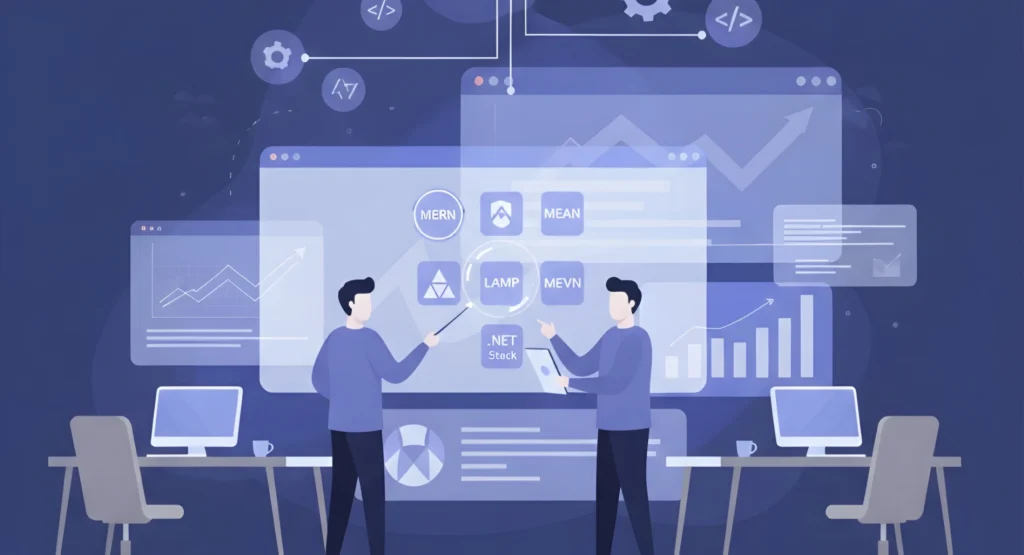
Behind every smooth website is a carefully chosen technology stack. Today, AI-powered backends, headless CMS, and frameworks like React 19 and Next.js dominate.
Example: A fashion brand combined Shopify with AI inventory tools to automatically suggest restocks when products ran low. This reduced stock-out complaints by 40%.
Wireframing and Prototyping
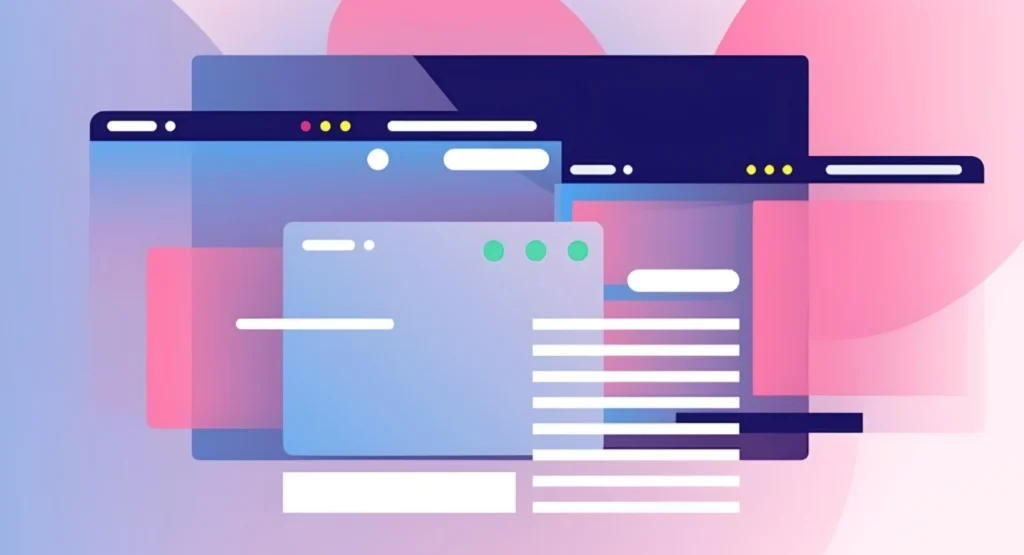
Think of wireframes as blueprints. They map out how the website will look and function before development begins.
Real Case: A SaaS company created clickable prototypes and tested them with 20 beta users. Feedback led them to simplify the signup process, increasing conversions by 25% after launch.
Design That Speaks

Design in 2025 is all about personalization and simplicity. Trends include AI-driven recommendations, voice-enabled navigation, and default dark modes.
Example: An edtech company built dashboards where AI personalized lessons for each student. This feature boosted retention and engagement.
Quick Stat: 68% of users leave a site if the design feels outdated or cluttered (UX Global Study 2025).
Development Phase
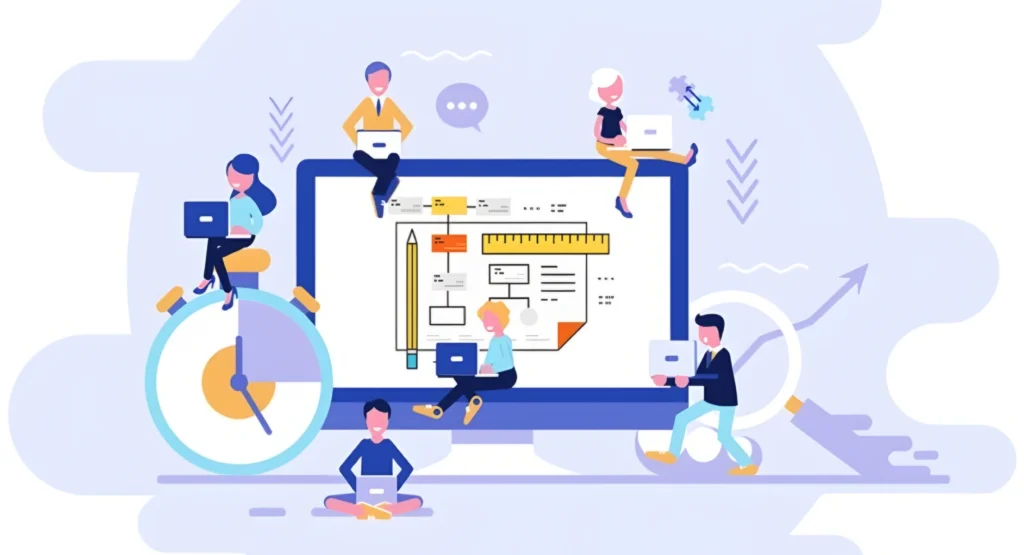
This is where the designs come alive with front-end and back-end coding. Developers also ensure the site is secure, scalable, and API-ready.
Example: An e-commerce platform added AR try-on features so shoppers could “see” furniture in their homes before purchase. Sales spiked by 30% within a month.
AI and Automation Integration

AI isn’t optional anymore, it’s expected. From chatbots to predictive search, automation enhances user experience.
Case: A travel site integrated an AI itinerary planner that generated custom trips based on budget and preferences. Bookings doubled within three months.
Quick Stat: By 2025, 70% of websites use AI personalization features (Future Web Index).
Testing for Perfection

No website should go live without rigorous testing. This includes checking for speed, device compatibility, and accessibility.
Example: An Indian government portal ensured compatibility with screen readers. This inclusivity earned positive public recognition and higher engagement.
Launch and Optimization
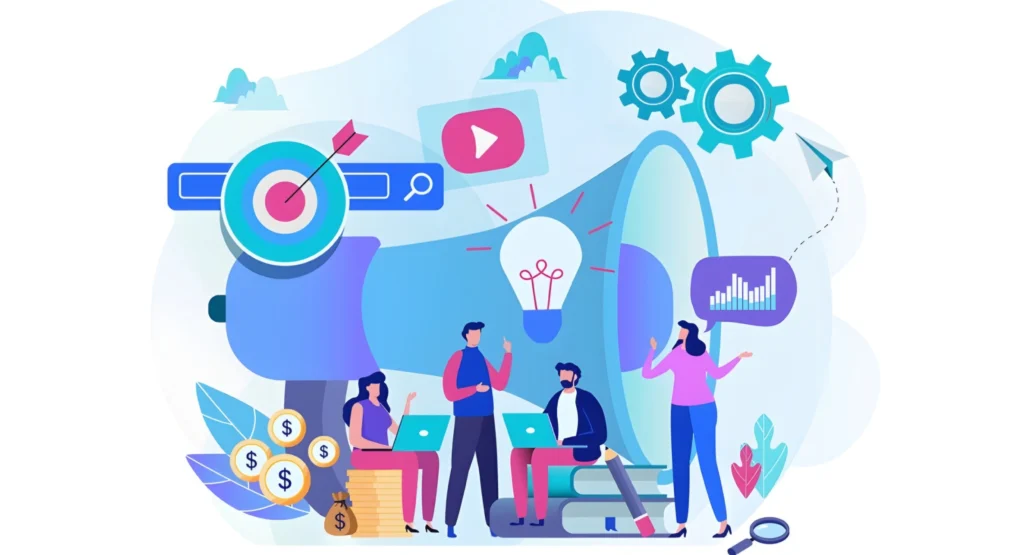
Going live is exciting, but it’s just the start. Launching with SEO, marketing hooks, and performance tracking is critical.
Case Example: A skincare startup paired its site launch with influencer shoutouts and SEO-friendly blogs. Within two weeks, organic traffic grew by 30%.
Maintenance and Future-Proofing
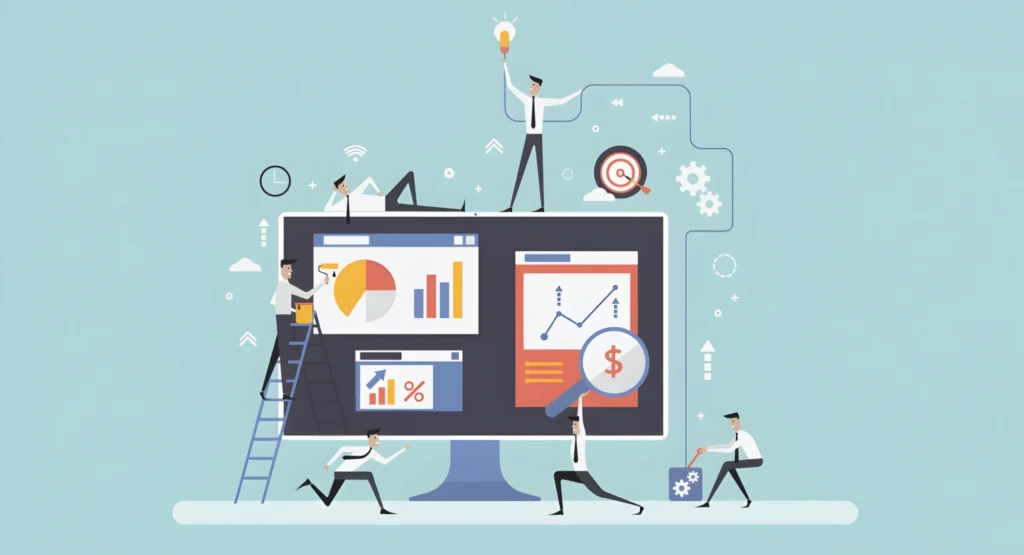
Websites need constant updates, whether for new features, security, or scaling. Without this, even the best sites become outdated.
Example: An NGO added blockchain-based donation tracking to maintain transparency. Donors reported greater trust, and contributions grew by 15%.
Mini Case Studies
Case Study 1 : Flipkart’s Evolution
Flipkart, India’s e-commerce giant, has followed these stages of web development closely over the years. Starting as a simple online bookstore, Flipkart scaled with user research, added AI-driven recommendations, optimized their tech stack for festive season traffic, and now handles millions of orders daily. Their journey proves that each stage is vital to long-term success.
Case Study 2 : Zomato’s Website Revamp
Zomato, India’s leading food delivery platform, redesigned its website to include AI-based restaurant recommendations and interactive menus. By analyzing user behavior, they personalized homepage suggestions, leading to a 20% increase in order placements within the first month of launch. Their approach highlights how research, prototyping, and AI integration in the development stages directly improve conversions.
Why These Stages Matter in 2025?
Websites are no longer static, they’re dynamic, interactive, and personalized. Businesses that ignore research, testing, or AI integration risk falling behind competitors. On the other hand, those who follow all ten stages build platforms that are not just websites, but growth engines.
Also Read, Does Web Development Required Coding or Not?
Final Thoughts
The stages of web development in 2025 go far beyond just coding, they encompass research, strategy, design, testing, AI integration, and continuous optimization. Each stage plays a crucial role in creating a website that not only looks good but also functions seamlessly and meets user expectations. From defining clear goals to future-proofing for scalability and security, following these stages ensures your site remains relevant and effective. Businesses that invest in every step can build platforms that drive engagement, conversions, and loyalty. Thoughtful planning and execution turn a simple website into a long-term digital asset that grows with your brand.
If you’re building a website and want expert help, agencies like Webworks Co. can make the process smoother. With experience in design, development, and marketing, they understand how to bring ideas to life in a way that engages users and delivers results.
Frequently Asked Questions
Q1. What are the five golden rules of web designing?
- Keep it simple and clear.
- Make navigation easy.
- Ensure fast loading speed.
- Use responsive (mobile-friendly) design.
- Focus on user experience.
Q2. What are the four elements of a website?
- Layout
- Content
- Visual design
- Navigation
